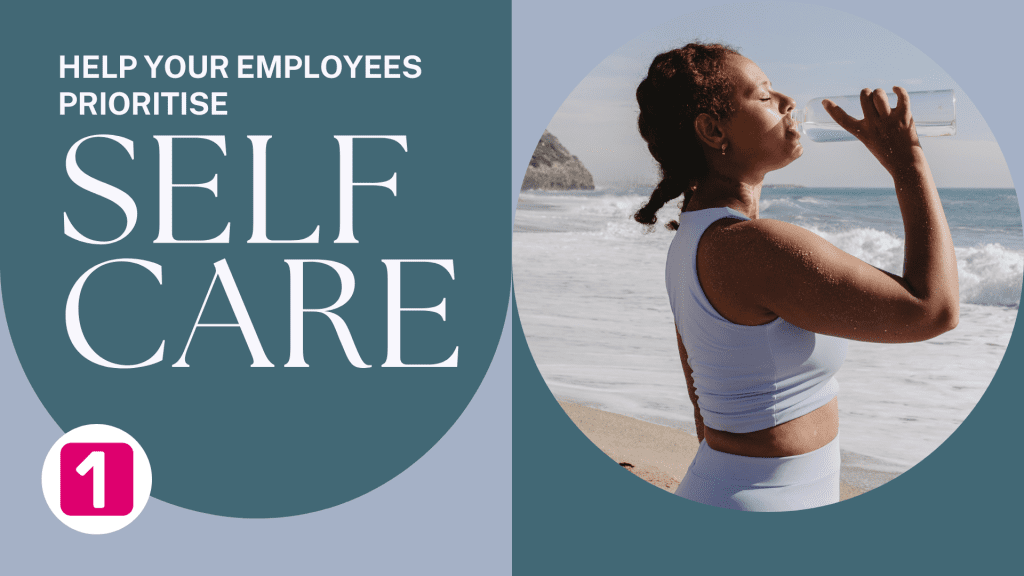
Self-care is arguably more important now than ever before, with the pandemic & cost of living crisis causing stress levels…

Self-care is arguably more important now than ever before, with the pandemic & cost of living crisis causing stress levels…

We are coming up to a year now of being frozen in time. In fact, it’s starting to feel very…
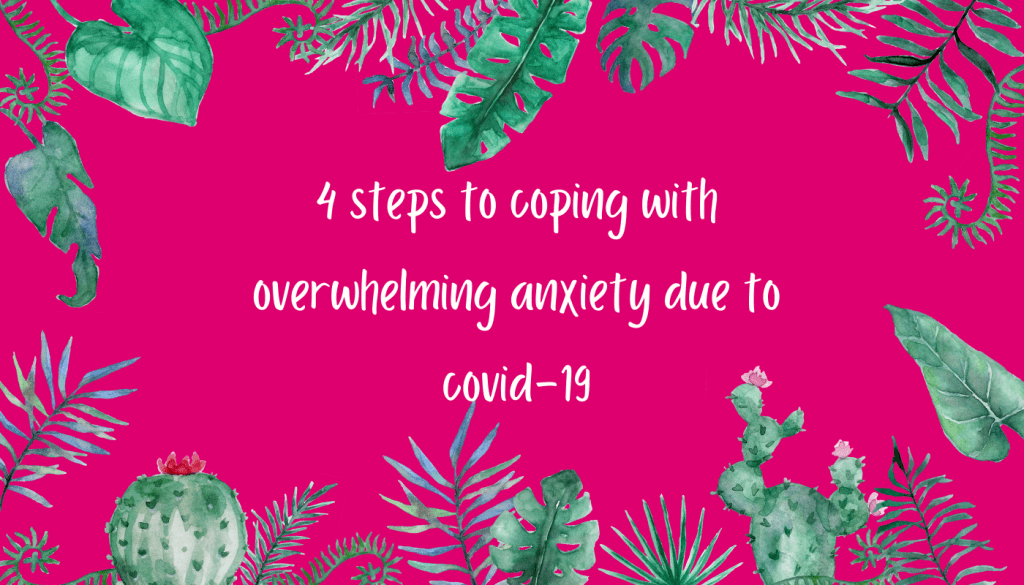
The Coronavirus pandemic has caused a lot of us to suffer from worry and anxiety over these past few months….
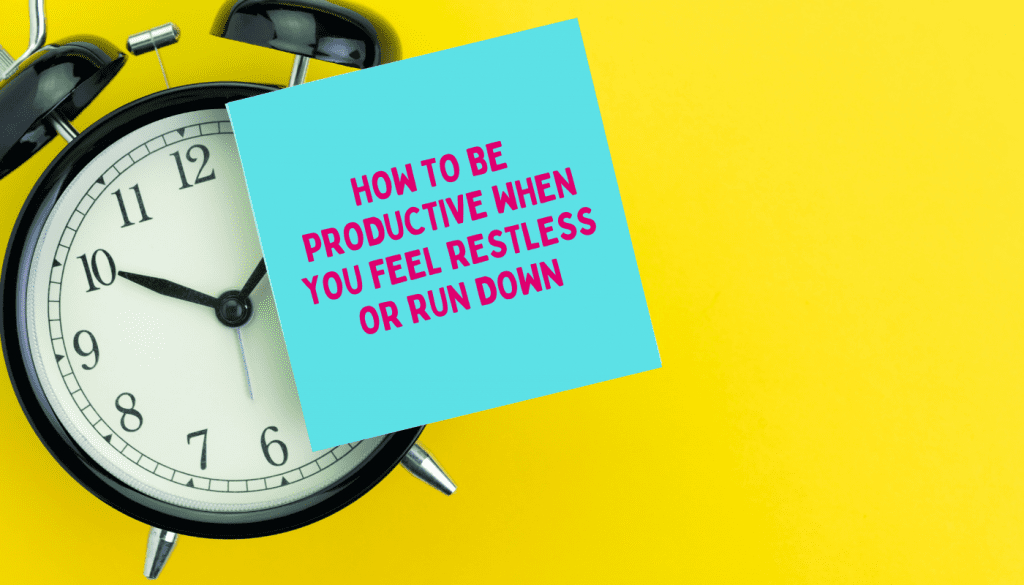
The changes and stresses caused by the pandemic are taking their toll on all of us. It’s been almost a…

Out of all the ‘new things’ that the Coronavirus pandemic has brought about (social distancing, lockdowns, and global remote working…

Whether a post-lunch slump or screen fatigue, we have all experienced an energy drop during our working day. For a…
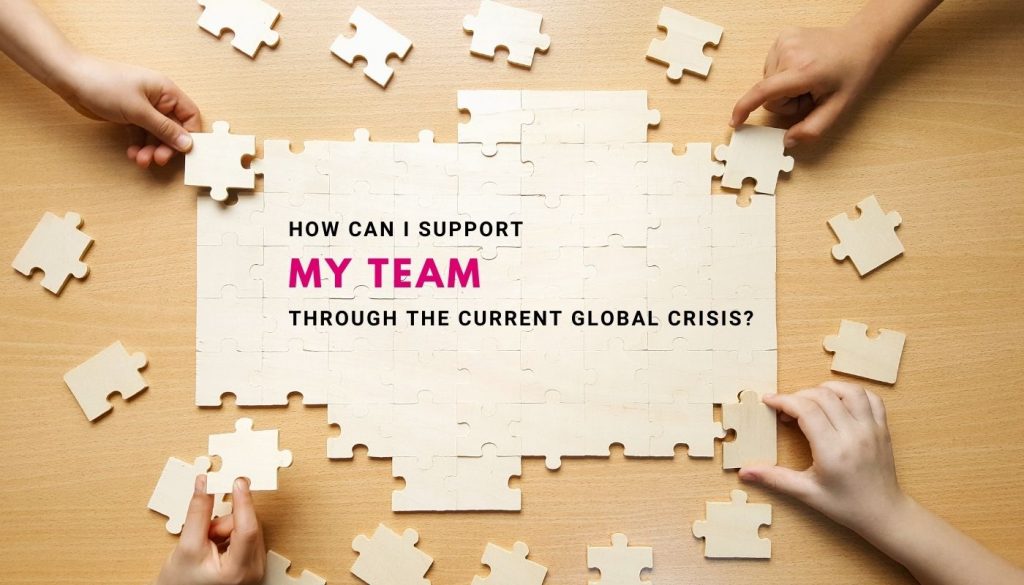
As most working professionals spend a third of their time at work, it’s been a massive adjustment for the millions…
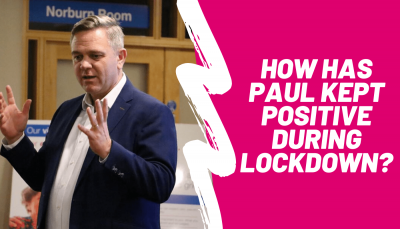
1 Accounts is a family run business with the Donno family all depending on the businesses survival. When lockdown was…

12 Ways to Cope When Life Suddenly Changes “We can’t control every aspect of our lives and we can’t stop…

Is your body suffering from too much sitting? Are you finding yourself sitting much more now if you are working…